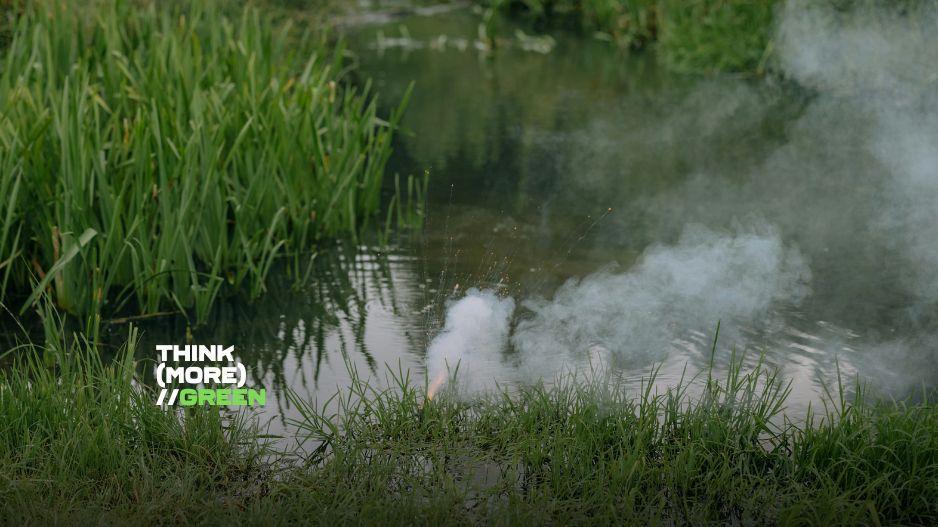The European Parliament Approves New 'Green' Law
The law concerns ensuring a habitable environment for future generations
The new law approved by the European Parliament sets a target for the EU to restore at least 20% of its terrestrial and marine areas by 2030 and all ecosystems in need of restoration by 2050. Nature is declining faster than ever, according to a review of research by the Intergovernmental Science Policy Platform on Biodiversity and Ecosystem Services (IPBES). In Europe, where 81% of habitants are in poor condition, the destruction of wildlife is expected to cost farms and ecosystems as pollinators disappear, soils degrade, and extreme weather events become more violent.
The law of nature restoration faced intense and negative media campaigns before a significant vote last year. In an open letter, 6,000 scientists criticized the “enemies” of the law for spreading misinformation.
The law will restore degraded ecosystems in all member states, contribute to EU climate and biodiversity goals, and enhance food security. To achieve the EU’s overall goals, member states must restore at least 30% of habitats covered by the new legislation (including forests, meadows, wetlands, rivers, lakes and coral reefs) from poor to good conditions by 2030, increasing to 60% by 2040 and 90% by 2050. According to Parliament’s position, EU countries should prioritize Natura 2000 areas by 2030. Once in good condition, EU countries ensure that an area is not significantly degraded. Member states must also adopt national restoration plans detailing how they intend to achieve these goals.
To improve biodiversity in agricultural ecosystems, EU countries must make progress in two of the following three indicators:
- The butterfly index of meadows
- The share of agricultural land with high landscape diversity
- The stock of organic carbon in mineral soils of arable land
Measures must also be taken to increase the common bird index of agricultural land, as birds are good indicators of overall biodiversity status.
As the restoration of drained peatlands is one of the most cost-effective ways to reduce emissions in the agricultural sector, EU countries must restore at least 30% of drained peatlands by 2030 (at least one-quarter will be rewetted), 40% by 2040 and 50% by 2050. Rewetting remains voluntary for farmers and private landowners.
Peatlands host unique sets of organisms, animals, fungi and plants, and are crucial for biodiversity, especially in areas otherwise impacted by human activities.
The law includes an emergency break, as requested by the Parliament, allowing the suspension of targets for agricultural ecosystems in exceptional cases if they significantly reduce the land needed for sufficient food production in the EU.
The law also requires a positive trend in several indicators in forest ecosystems and an additional three billion trees to be planted. Member states must also restore at least 25,000km of rivers to free-flowing rivers and ensure no net loss in total national urban green areas and tree cover.
After the vote, rapporteur Cesar Luena (S&D, ES) stated, “Today is an important day for Europe as we move from protecting and preserving nature to restoring it. The new law will also help us fulfill many of our international environmental commitments.”
“This law is not about restoring nature for the sake of nature,” said EU Environmental Commissioner, Virginijus Sinkevicius. “It is about ensuring a habitable environment where the well-being of today’s and future generations is secured.”
The center-right European People’s Party (EPP), the largest group in Parliament, joined far-right lawmakers in voting against the law.
The EU and its member states faced numerous protests over environmental protection plans as farmer protests spread across thcontinent, and, in some cases, turned violent. In a clash with police during Monday’s unrest, farmers set fire to tires, sprayed police with liquid manure, and drove tractors into blocks in Brussels’ European quarter, where Agriculture Ministers were meeting.
The agreement reached with member states was approved by 329 votes in favor, 275 against, and 24 abstentions.
It now needs approval from the Council before being published in the Official Journal of the EU and taking effect 20 days later.
Sources: europarl.europa.eu, theguardian.com






